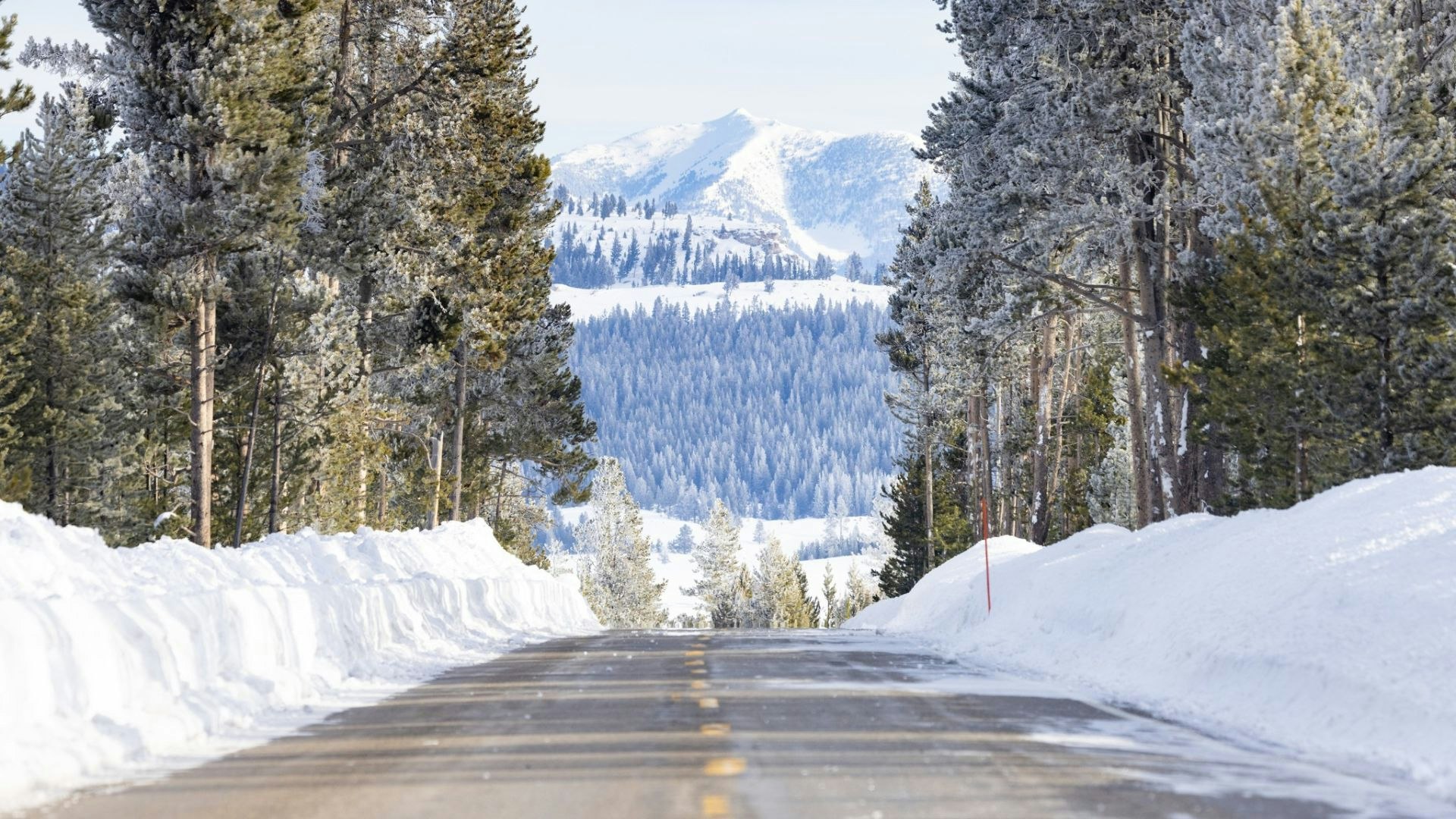It was a historic winter in Wyoming, by all accounts.
From a record cold stretch in Riverton to record high April temperatures in Cheyenne, the Cowboy State has seen its share of extremes this year.
But it’s the copious amounts of snow that’s buried much of Wyoming that has people considering this past winter one to remember.
And more records are just waiting to be broken, said Cowboy State Daily meteorologist Don Day.
“As of March 31, it's the most amount of snow cover in the United States since they've been tracking snow cover with satellites starting in 2001,” Day said.
He explained that until now, in 23 years of record keeping, the most land in the U.S. ever covered by snowpack on the last day of March was in 2019, when it was determined that more than 398,000 square miles of land in the Western states were covered by either ice or snow.
But this year, satellite imagery shows more than 444,000 square miles of snow and ice cover in the same region.
“The snow-covered area for the Western states was 184% of average for March, the highest since the satellite record began in 2001,” said Day.
By The Numbers
Day pointed to data compiled by the National Snow and Ice Data Center (NSIDC) that shows the 2023 snowpack in all the Western states, from Arizona to Nebraska, is dramatically over average.
In fact, South Dakota, Nebraska and Arizona had the broadest areas of remaining snow cover, at 350% of the average as of the last day of March this year — and Wyoming sits close to 190% of average.
“You can have really snowy years, but by the end of March, you've lost a lot of the snow,” Day said. “But not this year, since it's been such a cold winter and spring over most of the northern and western United States.”
The average snowpack for the last 22 years in the Western U.S., recorded March 31 each year by the NSIDC, was 242,000 square miles. So this year’s record 444,000 square miles is dramatic by anyone’s standards.
La Niña To El Niño
Day said that the last three years of a La Niña weather pattern is largely responsible for the drought conditions experienced by most of the Western U.S. It’s been the transition to an El Niño pattern that’s contributed to this year’s remarkably wet winter.
“The transition, from La Niña going away to an El Niño forming here later this summer, in these transition periods you can see an increase in the precipitation across the West, and it's part of the reason the winter ended up the way it did,” Day said. “All the stars lined up for the big rains and snows in California, and the big snowpack in the Rockies and the colder weather.”
Big Melt On the Horizon
But now that it’s spring, all that snow has to melt, and Day said that day is coming as early as next week.
“Beginning this weekend, next week and the week after, it looks like we are going to see an extended period of warmer weather coming,” he said. “So, we are going to be seeing a lot of melting in the next week.”







